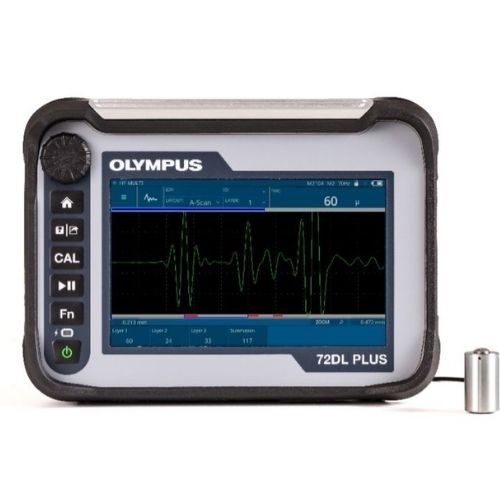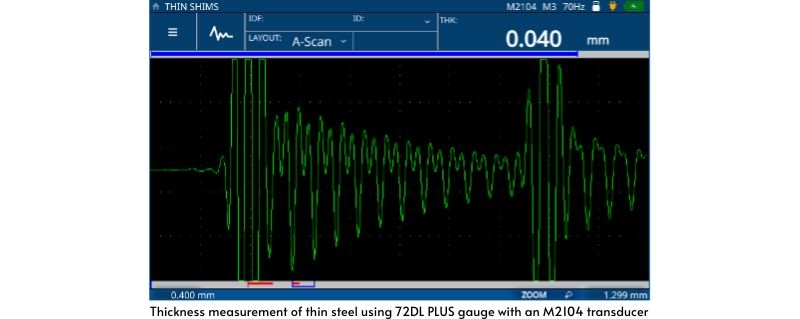20 Sept 2022
Precision Thickness Gauging: How It Started vs. How It’s Going
Higher frequencies enable you to measure thinner test material. In the past, most precision ultrasonic thickness gauges have been limited to a maximum of ~20 MHz frequency and to a minimum thickness capability of ~0.005 inches (0.125 mm).
Now with the 72DL PLUS gauge driving frequencies up to 125 MHz, you can make measurements well below the minimum thickness capability of traditional ultrasonic thickness gauges—as low as 0.001 inches (0.025 mm) or thinner.
The 72DL PLUS gauge is also fast (up to 2 kHz measurement speeds and a 60 Hz display update) to optimize your measurement workflow whether you’re using transducers with lower or higher frequencies.
These capabilities, along with its user-friendly features, make the 72DL PLUS gauge a powerful tool for a broad range of thickness applications using different frequencies. Here are eight reasons to try out the 72DL PLUS gauge today:




.jpg?=1663926109)
.jpg?=1663926301)
.jpg?=1663926561)
.jpg?=1663926801)
.jpg?=1663927081)